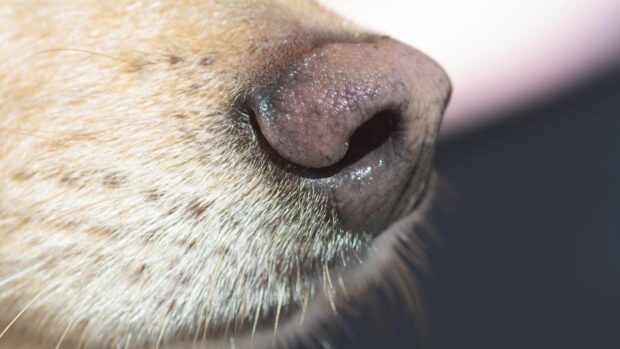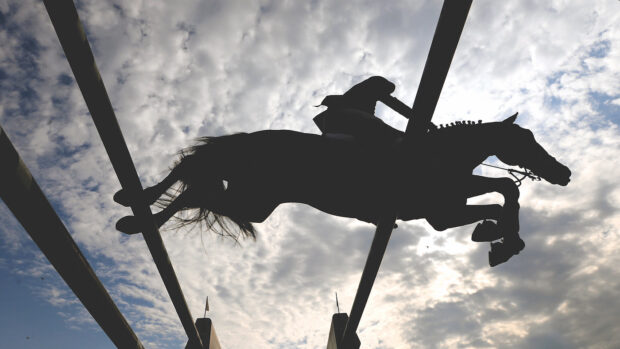A positive test for a banned substance at an international showjumping competition was caused by a product used by the horse’s owner on his thinning hair.
A sample taken from South African Jonathan Clarke’s ride Felix van de Mispelaere at the one-star show in South Africa in August 2015 was found to contain minoxidil.
The chemical, used to treat high blood pressure, is a banned substance under FEI rules, ie one that has no legitimate use in horses.
But on 6 June, the FEI tribunal ruled the source of the inadvertent contamination was the product used by Mr Slade, who owns the horse with his wife.
A report on the tribunal’s decision states that the Slades “applied natural horsemanship, where they strove to use only high quality products of organic and natural origin. They were very careful about what the horses are fed and had invested in a specific barley grass system, and ensured the horses were never exposed to commercial and external feed”.
The report adds that the Slades’ grooms had been trained in the risk of contamination, that strict measures were put in place to minimise this risk and that Jonathan was not involved in the horses’ care or management.
Thinning hair
Explaining the source of the banned substance, the report states: “Mr Slade stated that, since 1999 – as his hair began to thin – on advice of a pharmacist he had used the product Regaine, and later the generic version of that product simply known as Minoxidil 5%, both containing Minoxidil. That he had informed his wife, who had noticed him applying the spray to his scalp, that he was using a hair tonic that stimulated his hair to make his hair grow stronger. That he had never discussed with his wife the composition of the product, and it had never occurred to him that the use of the product could in any way be prejudicial to their horses.”
Mr Slade applied the product twice a day, massaging it in with his hands.
“…once it dried, Minoxidil had a sticky texture which remained on the scalp until washed off; that if it came into contact with moistures, such as sweat, it could easily be transferred on to his hands if he touched his scalp,” the report added.
On the day of the dope test, Mr Slade gave Felix van de Mispelaere barley grass by hand and presented him for the vet, a job his wife would normally have done.
It was a hot day and he remembered taking his cap off, rubbing his forehead and scratching his head. He also shook the vet’s hand and rubbed the head of the horse, who was itchy.
Three experts consulted found that while the barley grass fed by Mr Slade may have been contaminated, it is possible that the sample itself may have been contaminated after it was taken from the horse.
The FEI tribunal accepted Mr Slade’s hair spray was the source of the positive test, and that Jonathan “could not have suspected or reasonably have known, even with the exercise of utmost caution, that the product used by Mr. Slade – of which he had no knowledge could have contaminated either the barely grass or potentially also the urine sample. As a consequence, the tribunal finds the PR [person responsible; Jonathan] bore no fault”.
Jonathan was provisionally suspended following the positive test. This was lifted in May 2016 and he will serve no further suspension. He remains disqualified from the event in question but no further sanctions will be imposed on him.

Owner’s ‘devastation’ as RIHS champion disqualified for failed dope test
The supreme champion will miss HOYS as a

Riders call for harsher dope bans after positive Olympic tests
Positive dope tests at the Olympic Games have
FEI admits doping problem
Following the shock dope test results from Athens,
Jonathan will have to pay 1,000 Swiss francs (£802) in costs, as will the Slades.
Read the full report here.
For all the latest news analysis, competition reports, interviews, features and much more, don’t miss Horse & Hound magazine, on sale every Thursday.




